
cylindrical rollers can be used in force sensors, robot torque sensors! cylindrical rollers in sensors depends on the specific requirements of the sensor and the application
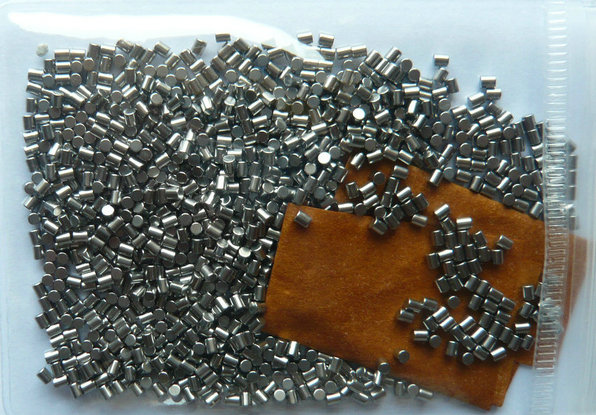
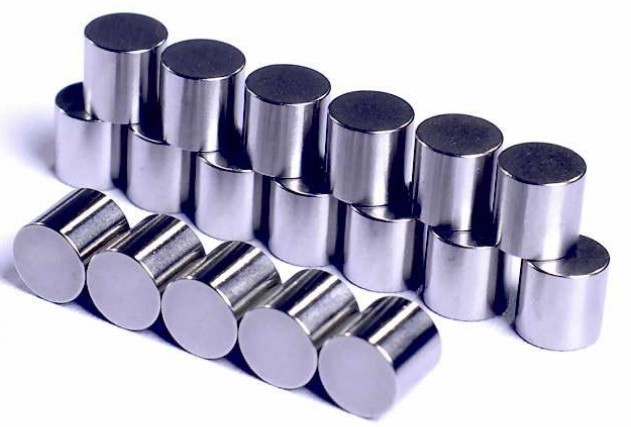
the use of cylindrical rollers in sensors depends on the specific requirements of the sensor and the application. the selection of the appropriate cylindrical roller size, material, and accuracy depends on various factors, the load capacity, precision requirements, and environmental conditions of the application.
robotic joints often require high-precision cylindrical rollers to achieve smooth and precise motion and positioning. These rollers can be used in both rotary and linear joints to provide low-friction, high load capacity, and precise positioning. High-precision cylindrical rollers can also be used in linear actuators, which convert rotational motion into linear motion, to achieve high-speed, high-precision motion in a compact design.

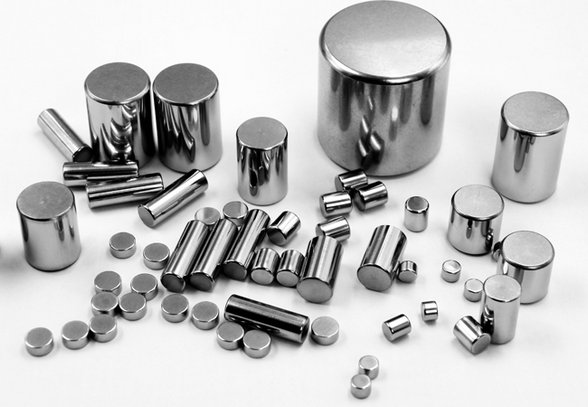
cylindrical rollers can be used in joint bearings, which are a type of plain bearing designed to accommodate both radial and axial loads. Joint bearings, also known as spherical plain bearings or plain spherical bearings, typically consist of an inner ring, an outer ring, and a sliding layer between them, which may include cylindrical rollers or other types of rolling elements.
cylindrical rollers can also be used in other types of sensors, such as force sensors and torque sensors, which require precise and repeatable contact with a surface or object. In these sensors, the cylindrical rollers can be used to provide a stable and consistent contact force, which is necessary for accurate and reliable measurements.
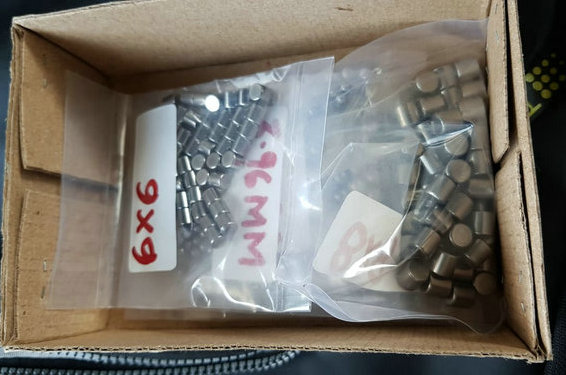
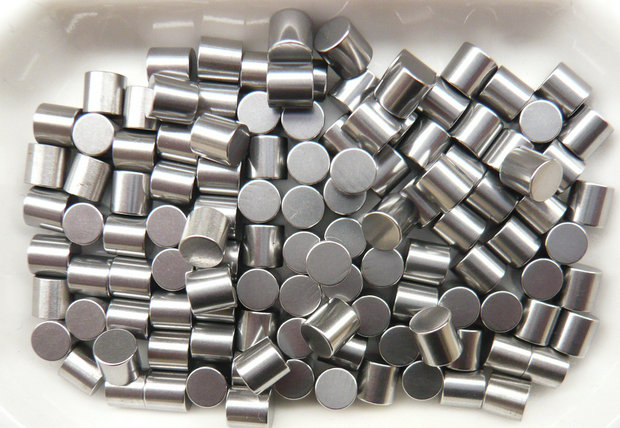
cylindrical rollers can be used for certain types of sensors. cylindrical rollers are often used in precision measurement systems, such as linear displacement sensors and linear encoders, which rely on the precise movement of a movable object along a linear axis.
in these systems, cylindrical rollers can be used to support the movable object and guide its motion along the linear axis. The cylindrical rollers are typically placed in a linear arrangement and used in conjunction with a linear scale or a position sensor, which detects the position of the movable object.
| D*L | D*L | D*L | D*L | D*L | D*L | D*L | D*L | ||
|---|---|---|---|---|---|---|---|---|---|
| 1x1 | 1.2x1.2 | 1.5x1.5 | 2x2 | 2.2x2.2 | 2.5x2.5 | 3x1 | 3x1.5 | ||
| 3x2 | 3x2.2 | 3x2.5 | 3x2.7 | 3x3 | 3.5x5 | 4x6 | 4.5x4.5 | ||
| 5x5 | 5x10 | 5.5x8 | 6x8 | 6x12 | 6.5x9 | 7x10 | 7.5x7.5 | ||
| 7.5x11 | 8x10 | 9x9 | 9x14 | 10x11 | 11x11 | 11x15 | 12x14 | ||
| 13x13 | 14x14 | 15x15 | 15x22 | 16x17 | 17x17 | 18x18 | 18x26 | ||
| 19x20 | 20x20 | 21x21 | 22x22 | 22x34 | 24x24 | 24x36 | 25x36 | ||
| 26x28 | 28x28 | 30x30 | 32x32 | 34x34 | 36x36 | 38x38 | 40x40 | ||
| loose rolling elements, cylindrical rollers, precision rollers,bearings rollers only | |||||||||